Joshua Tree National Park, located in Southern California just 150 miles from Lake Havasu City, is a quick and easy day trip for hikers, climbers, star gazers and outdoor enthusiasts.
The park is known best for an abundance of its namesake trees, but Joshua Tree offers much more than that for visitors of all ages and ability levels. Many of the park’s features are located just off the main roads or are accessible via short walking paths and hikes, making the park something everyone can enjoy.
The park was originally established as Joshua Tree National Monument in 1936 and wasn’t elevated to full park status until 1994, according to the National Park Service. The park currently encompasses 792,623 acres, with elevation ranging from 536 feet on the desert floor to 5,814 feet at the top of Quail Mountain.
The park has 93 miles of paved roads, 106 miles of unpaved roads, nine campgrounds, two horse camps and 10 picnic areas. Many of the park’s famous sights, such as Skull Rock and the Cholla Cactus Garden, are located just off the paved roads.
There are also three entrance stations, three visitor stations and one nature center.
The Colorado and Mojave deserts meet in Joshua Tree National Park, which makes for a wide range of animal and plant life within the park’s boundaries. According to the National Park Service website, “Joshua Tree provides habitat for 813 higher plant species, 40 reptile species, 41 mammal species, and 240 bird species. The federal register lists one park reptile, the desert tortoise, as threatened and one park plant species, the triple-ribbed milk vetch, as endangered, and one plant species, Parish′s daisy as threatened. In addition there are 49 plant species of special concern being protected within the park.
“Joshua Tree has one paleontological area and potentially eight more. The park protects over 700 archeological sites, 88 historic structures, 19 cultural landscapes, and houses 230,300 items in its museum collection.”
In addition to an easily accessible drive-though options, Joshua Tree offers opportunities to camp, hike and climb. Camping rates vary based on location. Many of the park’s hiking trails are rated as easy or moderate, but there are several advanced and challenging hikes for more serious trekkers. The various rock formations throughout the park offer ample routes for beginner through expert-level climbers and mountaineers.
Joshua Tree National Park is open 24 hours a day, 365 days a year. Entrance fees are $25 for a 7-day single vehicle permit, $12 for a 7-day motorcycle or bicycle permit, a 7-day single person walk-in entry fee and a 7-day per person fee for a non-commercial group. Annual passes are $40.
For more information, visit https://www.nps.gov/jotr or call (760) 367-5500.
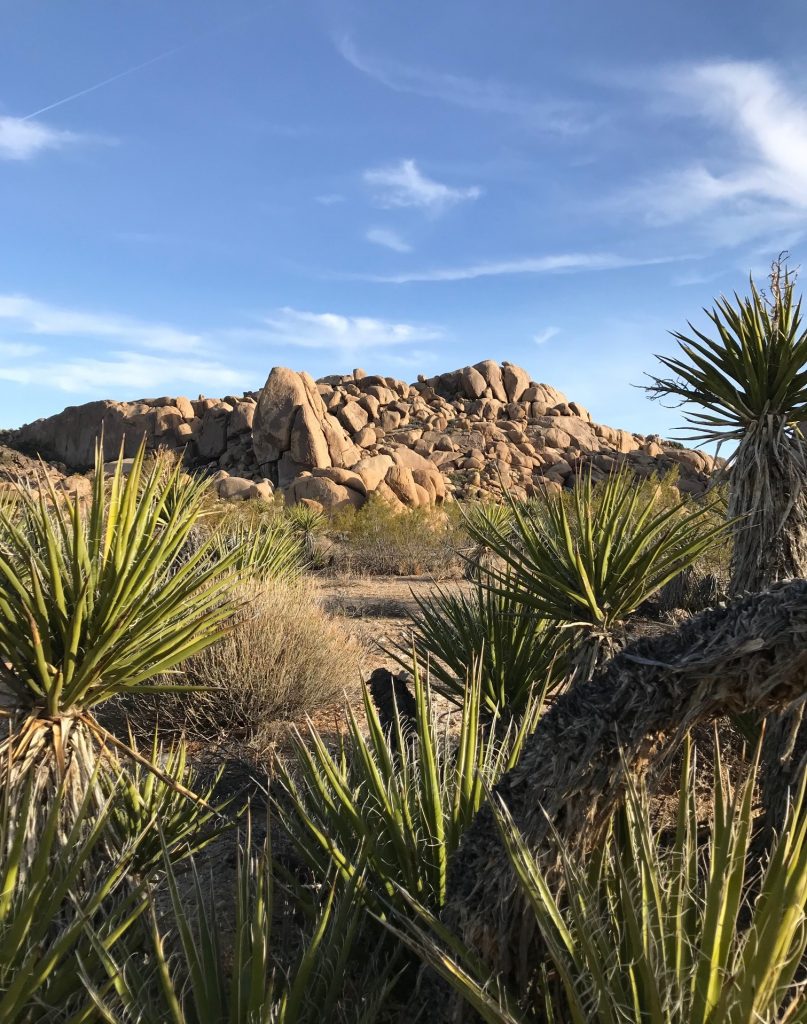
Scenery off the Split Rock Loop Trail, Joshua Tree National Park. (Stefanie Thompson/RiverScene Magazine)
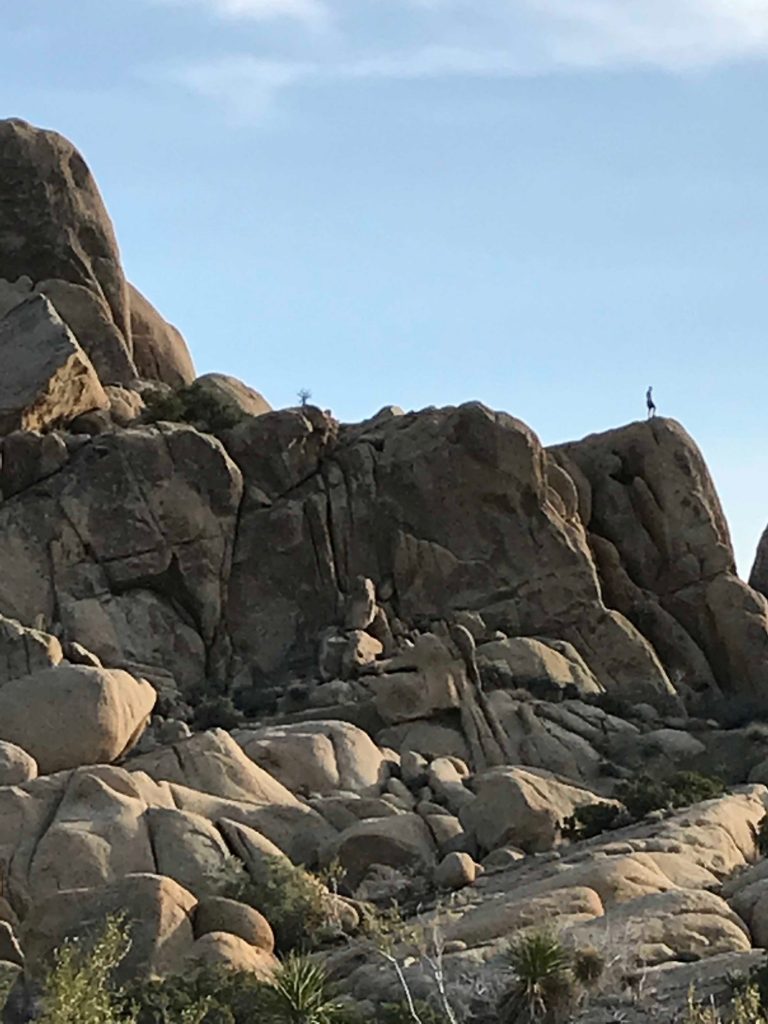
A climber reaches the top of a rock formation off the Split Rock Loop Trail in Joshua Tree National Park. (Stefanie Thompson/RiverScene Magazine)







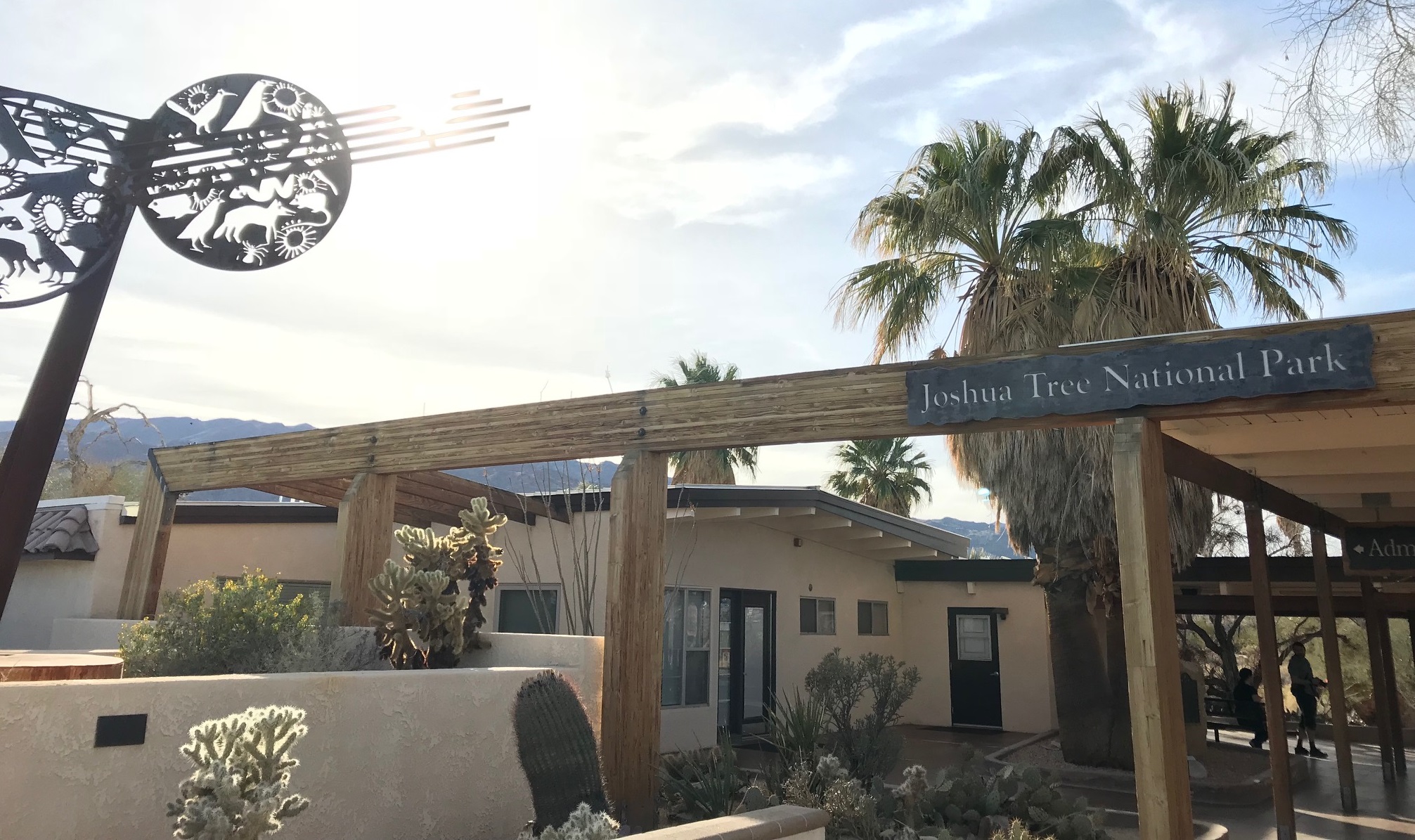



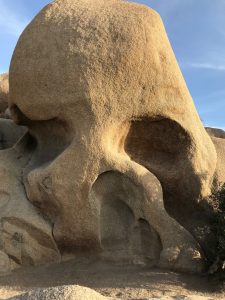
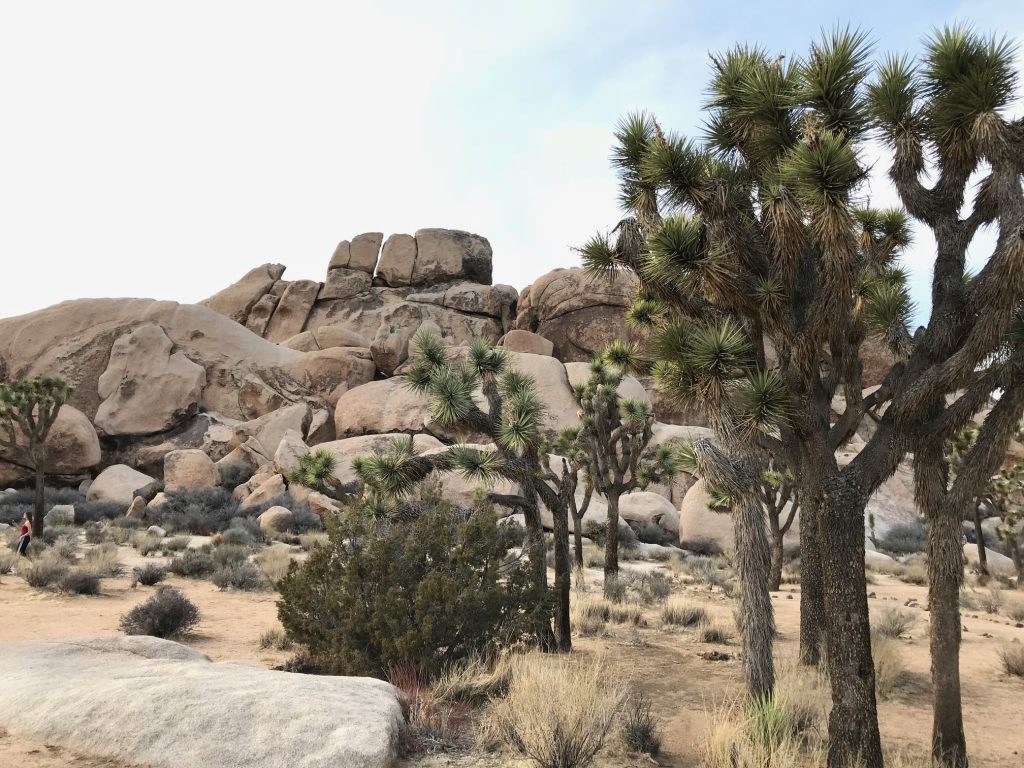







No Comments » Comments: